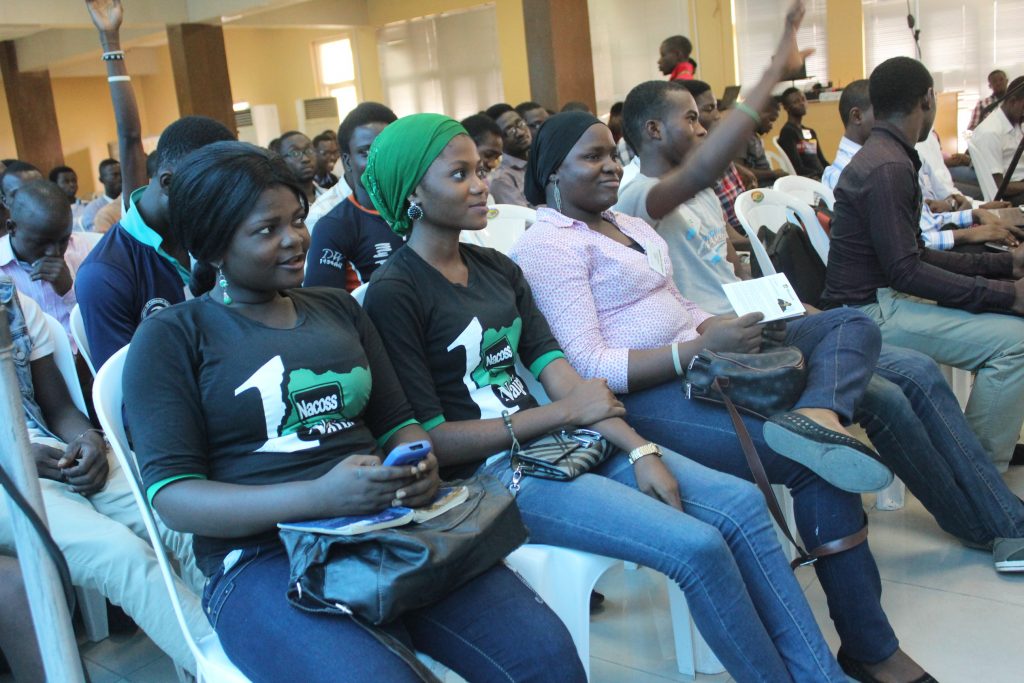
There is a time for everything. There’s a time to learn, and a time to apply that which has been learnt. There’s a time to apply what’s been learnt, and a time to show results. There’s a time to show off results, and a time to connect results and resources with others. There’s a time to connect, and a time to raise a new generation of doers. And then, there’s a time to ask who exactly is doing what, where and when. For the Nigerian tech ecosystem, that time – the time to map the industry – is now.
For a while now, I’ve had two kinds of conversations with various people around the not-so-defined buzz within Nigeria’s tech ecosystem. From eCommerce to policy, start-ups to hubs and events to some more talk, Nigeria is seeing a revolution similar to what happened in the ’70s when a generation of tech people returned home from new knowledge acquired on a topic that was still magic at home. Today, that generation sits atop industry associations that many accuse of being disconnected from the real work of innovation going on in the Nigerian tech space.
My conversation has been with two broad categories: those who want to make a sense of what’s up with Nigerian tech so they can benefit from the revolution, and those who are within the thick of things and just want to know how what they’re doing impacts the bigger picture. The advantage of this is that one gets better perspective of the ecosystem, but it also comes with the disadvantage of spending valuable time explaining what can actually be made available as a resource for future reference and relevant consultation. That explains my excitement when CcHub’s Bosun Tijani and I discussed the need to map Nigeria’s tech ecosystem few weeks ago.
In the early days of tech in Nigeria, it was easy to know what folks were doing because everyone sort of met at one watering hole or the other – meetings, contract bids, etc. But then, the industry has grown with Nigeria and we now have so much going on such that it’s impossible for us to have as many touch points as are required for anyone to make sense of chaos. Some of the demerits of this scenario include the replication of exact same projects with strained resources; disconnect between government, academia and industry; complex process of engaging ideas within the ecosystem from outside; and more.
Mapping the ecosystem is like bringing order to somewhat organised chaos. It will help us see who is doing what, where, when, and more. It will also allow actors – or intending players – know who to engage and exactly what space everyone plays in. Just as a map allows us see where each utility exists to serve the community, a mapping exercise for the Nigerian tech ecosystem will allow us see who is working on policy, capacity building, research, incubation, funding, bottom-of-pyramid engagement, mobile, getting-hands-dirty and all that needs to be done, or is being done.
It then makes it easy for new entrants to know who their existing competitors are, where they fit within the food chain and/or who they can hook up with as partners. As an investor, you can easily see where your money will have most impact instead of playing “tente” based on who you know and think may know what you’re looking for. It also becomes easier for government to see policy gaps, for the academia to see where research is most needed and also for the media to see better connections between seemingly isolated activities.
So, it’s the time to map. And this is an early invitation to engage the process when PIN and CcHub call for a stakeholder session in Q1 2013.



One Response
I’m happy I want to know more